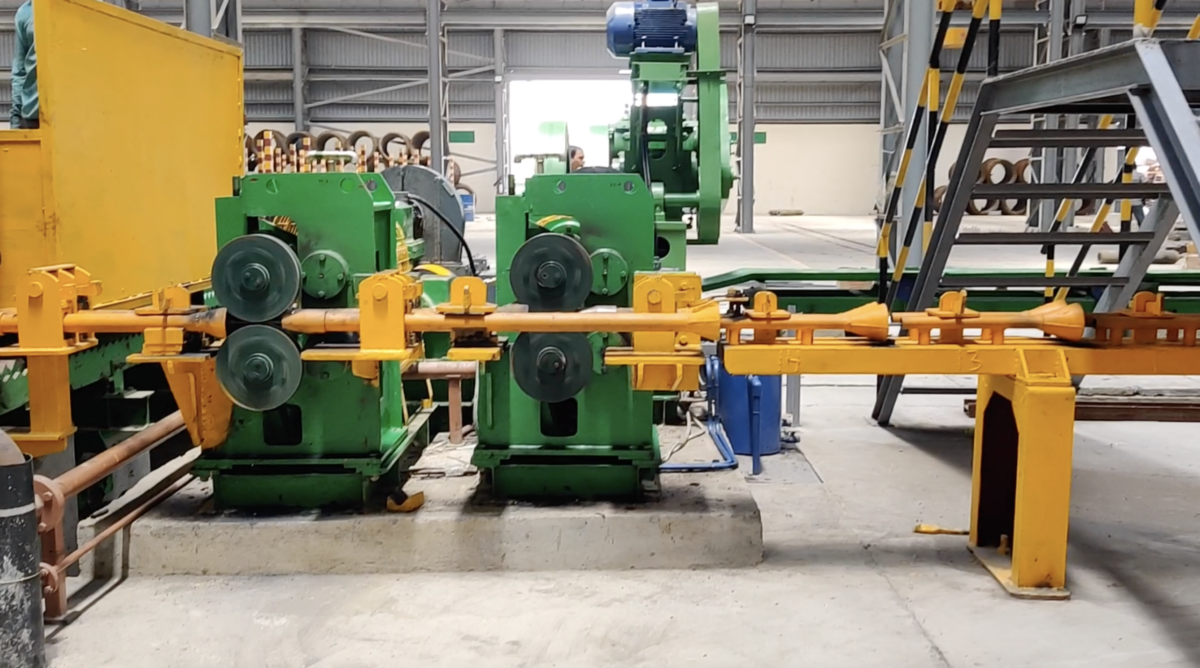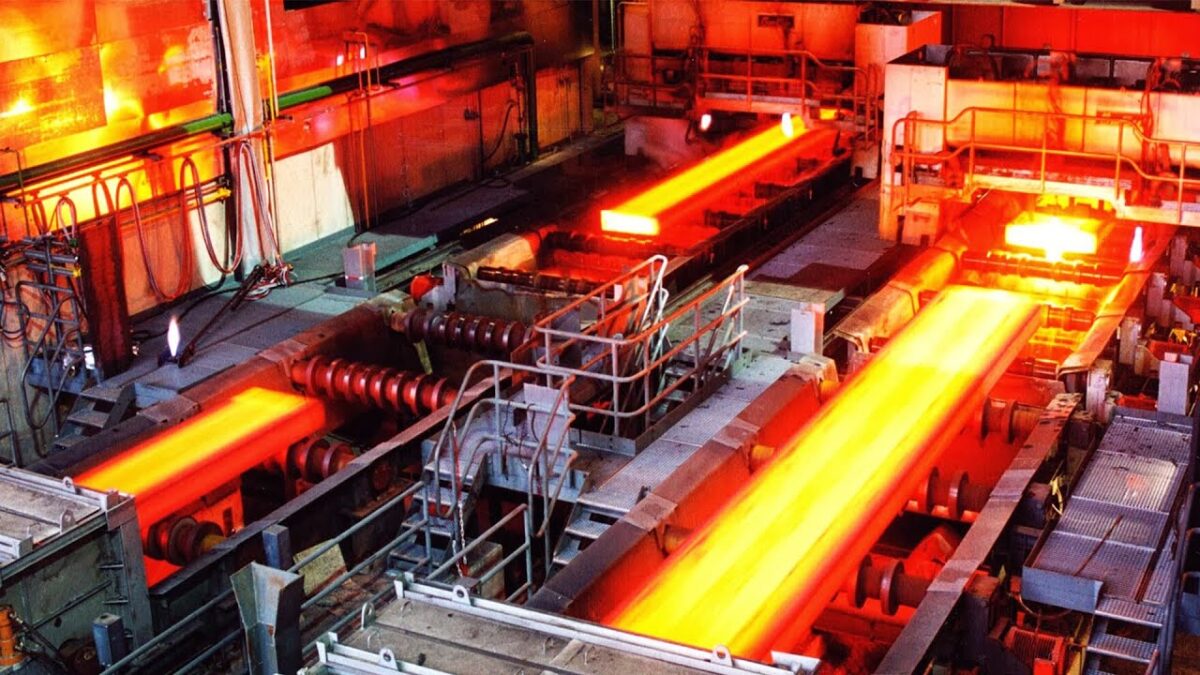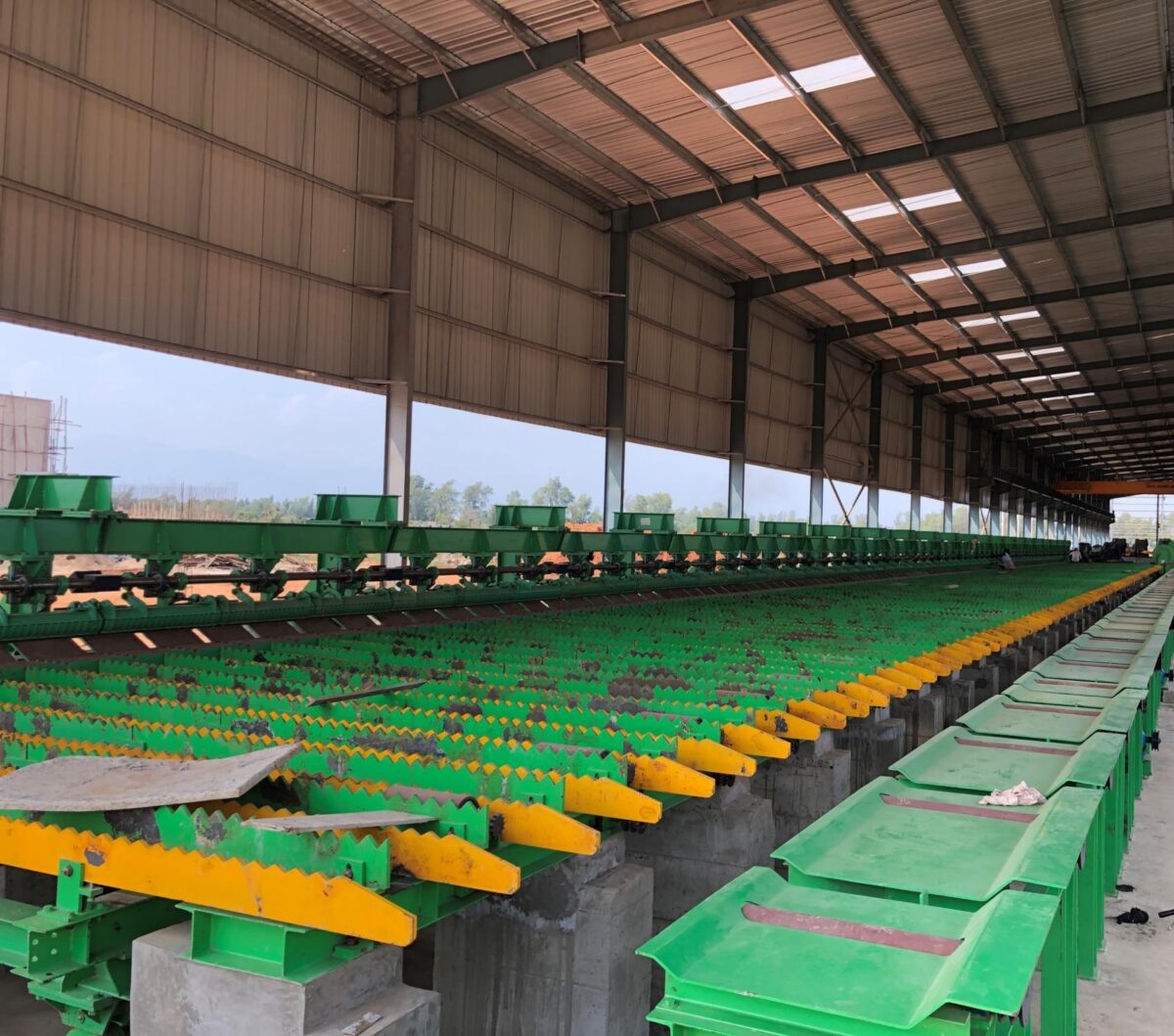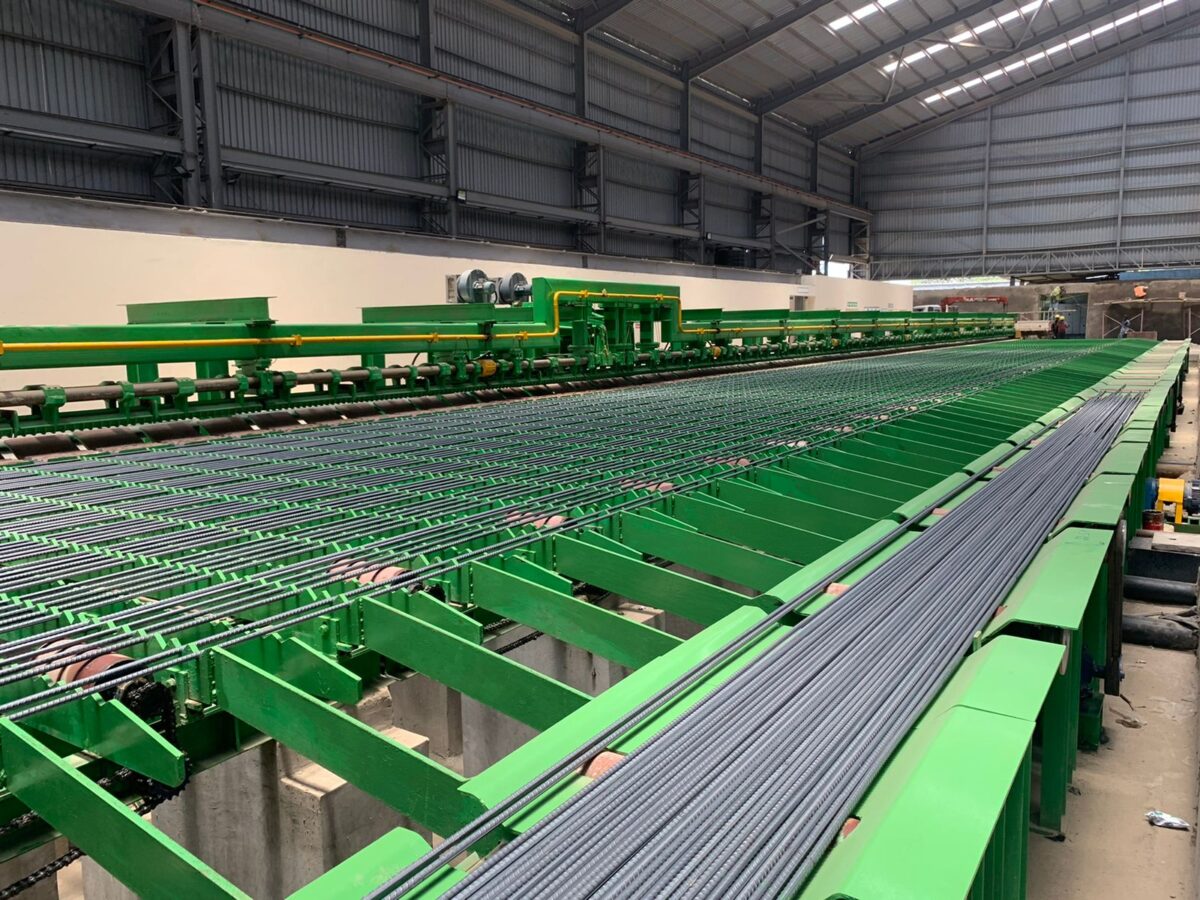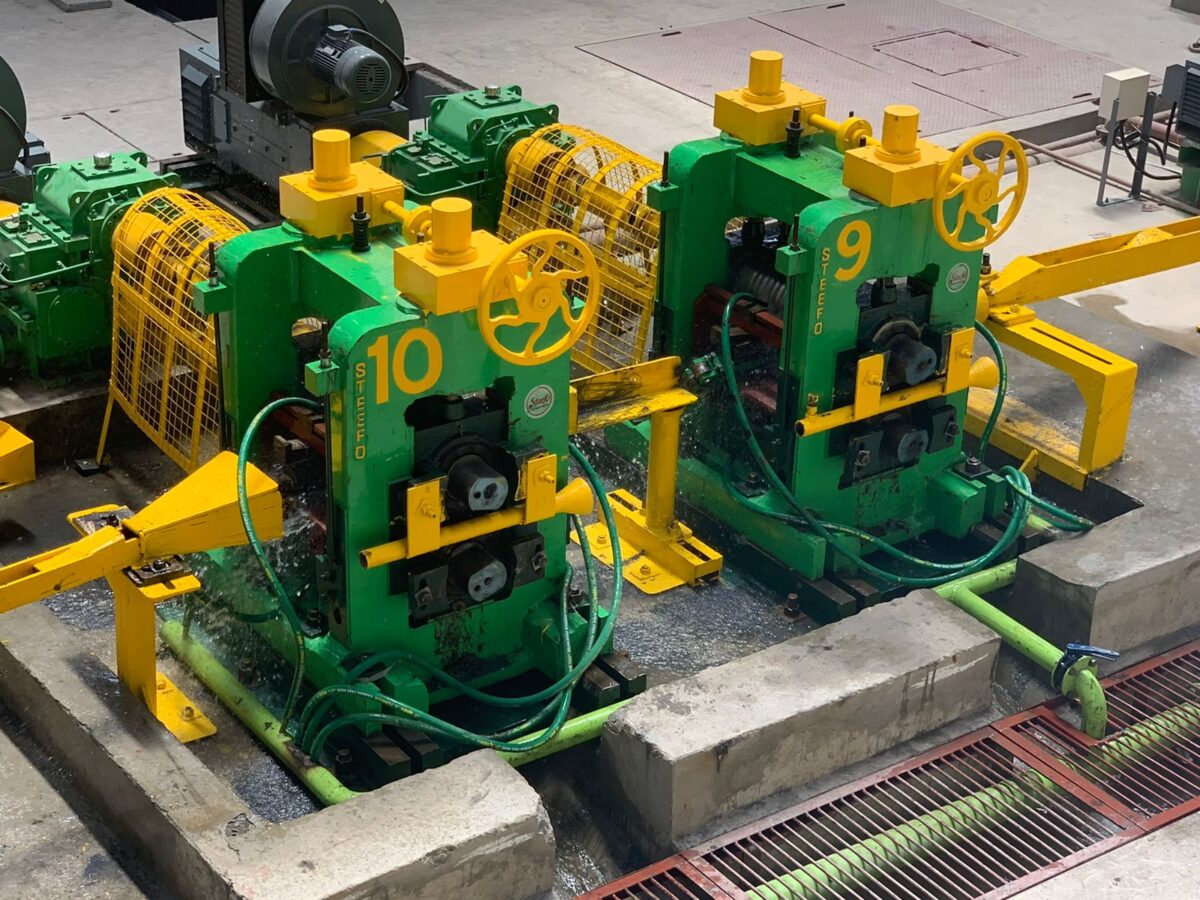Introduce the topic of rolling mill machinery and emphasize the importance of regular maintenance and upkeep for keeping the machinery functioning at its best.
Mention The Steefo Group and their commitment to providing high-quality rolling mill equipment.
Rolling mill machinery is a vital component of the steel manufacturing industry, enabling the efficient production of high-quality steel products. However, like any machinery, rolling mills require regular maintenance and upkeep to function at their best. Regular maintenance has been shown to significantly reduce the risk of equipment failures, downtime, and costly repairs and improve safety and overall production efficiency.
In this blog, we will explore the various benefits of regular maintenance and upkeep for rolling mill machines and the vital maintenance procedures necessary to keep the machinery functioning at its best. We will also discuss the factors affecting maintenance frequency, common maintenance mistakes to avoid, and more.
The Benefits of Regular Maintenance and Upkeep of Rolling Mill Machinery
Regular maintenance and upkeep of rolling mill equipment can benefit steel manufacturing businesses. Here are some of the key benefits that have been observed:
1. Increased Efficiency
Regular maintenance and upkeep can help keep rolling mill machinery operating at peak performance, resulting in increased efficiency. Well-maintained machinery can produce high-quality steel products more quickly and with fewer errors. This, in turn, can lead to increased production output and improved overall efficiency.
2. Improved Safety
Regular maintenance and upkeep of rolling mill machinery can help prevent accidents and injuries in the workplace. By identifying and addressing potential safety hazards during routine maintenance, steel manufacturers can reduce the risk of workplace accidents and improve the safety of their employees.
3. Reduced Downtime
Equipment failures and unplanned downtime can be costly for steel manufacturers in terms of lost production time and repair costs. Regular maintenance and upkeep can help prevent equipment failures and identify potential issues before they become major problems, reducing the risk of unplanned downtime.
4. Cost Savings
Regular maintenance and upkeep can also help steel manufacturers save money by preventing equipment failures and reducing downtime. The cost of routine maintenance is generally much lower than the cost of repairing or replacing damaged equipment. Additionally, increased efficiency and reduced downtime can lead to higher production output and increased revenue.
Key Maintenance Procedures For Rolling Mill Machinery
To keep rolling mill machinery operating at peak performance. Here are some of the key maintenance procedures that are necessary for rolling mill equipment:
1. Cleaning
Regular cleaning of rolling mill machinery can help prevent the buildup of dust, debris, and other contaminants that can interfere with machinery operation. Dust and debris can cause equipment to overheat, resulting in reduced efficiency and potentially costly equipment damage.
2. Lubrication
Proper lubrication of rolling mill machinery is essential to smooth operation and prevent equipment damage. Regular lubrication can reduce friction and wear and extend the life of rolling mill machinery.
3. Inspection
Regular inspection of rolling mill machines is necessary to identify potential issues before they become major problems. Inspection procedures should include a visual inspection of machinery components and non-destructive testing techniques to identify defects or other issues that may be hidden from view.
4. Repair
If issues are identified during inspection or routine maintenance, timely repair is critical to prevent further damage to rolling mill machines. Repairs may range from minor adjustments to major component replacements, depending on the severity of the issue.
Factors That Affect Maintenance Frequency
The frequency of maintenance for rolling mill equipment can vary depending on several factors. Here are some of the factors that can affect how often maintenance should be performed:
Type of Machinery
The type of rolling mill machines can significantly impact maintenance frequency. Different types of machinery may require different maintenance procedures, and some may be more durable and require less frequent maintenance than others.
Operating Conditions
The operating conditions of rolling mill equipment can also affect maintenance frequency. Machines operating in harsh environments, such as high temperatures, humidity, or corrosive materials, may require more frequent maintenance to prevent damage.
Production Volume
The production volume of rolling mill machinery can also affect maintenance frequency. Machinery that operates at high volumes may experience more wear and tear and require more frequent maintenance to prevent breakdowns and prolong the lifespan of the equipment.
Common Maintenance Mistakes to Avoid
Regular maintenance and upkeep of rolling mill machinery are critical to ensure smooth operation and longevity. However, some manufacturers make mistakes that can compromise the efficiency and effectiveness of the machinery. Here are some common mistakes to avoid:
1. Neglecting Regular Maintenance
Skipping regular maintenance schedules or delaying repairs can lead to major breakdowns, downtime, and increased maintenance costs in the long run. Therefore, it is essential to follow the recommended maintenance procedures as outlined by the manufacturer and schedule regular inspections and maintenance services.
2. Using Improper Lubricants
Lubrication reduces friction and wear and tear on rolling mill machines. However, using the wrong lubricant or failing to lubricate the machinery adequately can cause severe damage to the machinery. It is crucial to use the recommended lubricants and follow the lubrication schedules specified by the manufacturer.
3. Failing to Keep the Machinery Clean
Dirt, debris, and other contaminants can accumulate on rolling mill machinery, reducing efficiency and increasing wear and tear. Regular cleaning of the machinery is necessary to prevent these issues. Following the recommended cleaning procedures and using appropriate cleaning agents is crucial.
4. Overlooking Safety Precautions
Safety should always be a top priority when maintaining rolling mill machines. Failing to follow safety precautions can lead to severe accidents and injuries. It is essential to wear appropriate safety gear, follow lockout/tag-out procedures, and receive proper training to avoid accidents.
In conclusion, regular maintenance and upkeep are essential for maximizing the lifespan and performance of rolling mill equipment. The Steefo Group understands the importance of proper maintenance and provides high-quality machinery designed for durability and reliability.
Why Choose The Steefo Group For Your Rolling Mill Machinery Needs?
If you’re in need of rolling mill equipment, The Steefo Group is your trusted partner. Contact them today to learn more about their products and services and how they can help your business succeed.
You get your hands on the most innovative, advanced, and energy-saving rolling mill machinery that will help you improve your business and reduce manufacturing costs.
Our rolling mill machinery undergoes strict testing and rigorous quality checks to provide the best-in-class products. Our focus on technology and innovation also provides you with the most up-to-date rolling mill machinery for your rolling mill.
To learn more about the Steefo Group and their products and how they can improve your productivity and profits, contact +91 98240 76873 or drop a mail at marketing@thesteefogroup.com.

